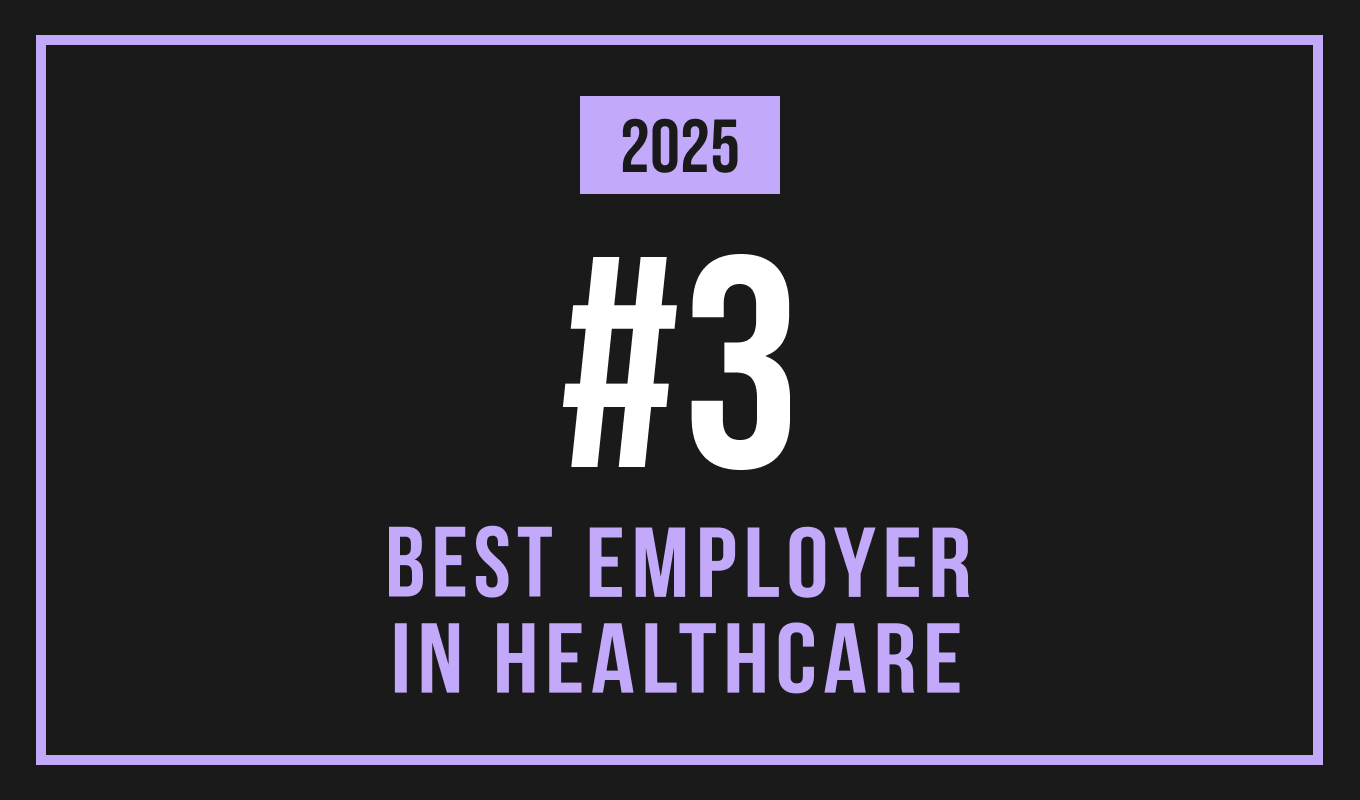In a previous post, we covered the ways that millennial preferences are changing healthcare as we
know it. This health-conscious generation values convenience, access, flexibility, and communication, and actively seeks these qualities out from providers as they look to improve and maintain their health. Now, a recent study from Accenture is providing new and exciting insights into millennials (along with generation Z) that could shape the future of physical therapy.
24% of generation Z is frustrated with the lack of convenience associated with the location or channel of care.
According to the study, millennials (ages 22 to 39 in 2019) and Generation Z (ages 18 to 21 in 2019) are not satisfied with traditional healthcare models. Their biggest qualm? A lack of convenience. Whether it’s where they’re receiving care or the outcomes
of the care provided, it’s clear that this generation is fed up with the status quo.
16% of millennials reported dissatisfaction with inefficient operations (like billing).
As the gap widens between rising consumer expectations and what’s currently available on the market, a major shift is occurring in the healthcare industry. More and more of these younger consumers are turning away from providers who fail to prioritize
their digital needs. For example, 68% of today’s millennials and Gen Zers are more likely to use a provider offering online scheduling—that’s a 10% increase since 2016.
What Does This Mean for the Future of Physical Therapy?
As more and more patients become disenchanted with traditional care models, many are looking beyond the doctor’s office to get their care needs met. As a result, non-traditional care delivery services are gaining significant ground in the marketplace.
39% of millennials, for example, have already started utilizing virtual care. Those who have not reported being willing to try these alternatives to traditional care.
While the entire industry is feeling the effects of this shift, it represents an incredible opportunity for healthcare businesses willing to evolve and rise to the occasion. As millennials continue to grow into the largest cohort of healthcare consumers,
physical therapists will need to consider how to adjust their offerings to meet the needs of every generation they serve.
Putting Yourself in Millennials’ Convenience-Obsessed Shoes
Let’s play a quick game. Start by putting yourself into the mindset of your millennial or Gen Z patients. Out of the following, which would you assume you can NOT order from your phone on-demand? Bacon-flavored floss, live ladybugs, or a physical therapist?
Without
Luna, the answer would, shockingly, be number three—the physical therapist. On-demand services are disrupting every industry, but physical
therapy seems to be lagging behind.
On-Demand Services by Industry
Transportation: Uber, Lyft, Ola
Travel: Airbnb, VRBO, HomeAway
Food Delivery: Grubhub, Instacart, Postmates
Healthcare: Doctors on Demand, Pillpack, Kindly Care, (Luna!)
Professional Services: Wag!, Didi, Croissant 2.0
In a world where people are becoming more and more used to instant gratification and convenience, the traditional way of receiving physical therapy seems outdated and unreasonable. When you’re hungry, you order food off Grubhub. When you need to go somewhere,
you call an Uber. When you’re in pain and need physical therapy, you call to book an appointment, hire a babysitter, drive to the clinic, wait in a waiting room, and then receive the service you wanted all along.
If convenience and accessibility are what this next generation needs from their healthcare providers, an on-demand business model could be the perfect solution. The on-demand economy, which offers consumers immediate access to goods and services, grew 58% in 2017. Many health and wellness companies are tapping into this growing trend, including Luna. We are
heeding consumers’ call for convenience and pioneering a new way for patients to receive the care they deserve from therapists who are eager to serve them.









